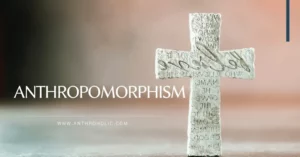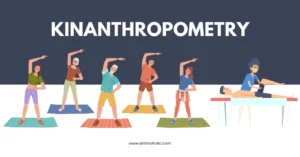AI Answer Evaluation Platform Live Now. Try Free Answer Evaluation Now
Kula Ring of Trobriand Islanders
The Kula Ring, often simply known as “Kula”, is a traditional ceremonial exchange system conducted in the Milne Bay Province of Papua New Guinea. This system, prevalent among the Trobriand Islanders, provides a fascinating perspective into an intricate economic and social system unlike any found in western cultures. It is a system founded on the exchange of two types of ritual items, red shell-disc necklaces (soulava) and white shell armbands (mwali), carried out in a clockwise and counterclockwise direction, respectively [1].

Background of Trobriand Islanders
The Trobriand Islanders are an indigenous people who inhabit the Kiriwina Islands of Papua New Guinea. Known for their complex matrilineal society, the Trobriand Islanders have been extensively studied in the field of anthropology for their unique social, cultural, and economic structures, particularly their Kula exchange system [2].
The Kula Ring Exchange System
Structure and Process
The Kula exchange is a closed system involving approximately eighteen island communities scattered across the Massim region. The two types of ceremonial items exchanged within the Kula Ring each follow their own specific path.
| Item | Direction of Exchange |
|---|---|
| Soulava (red shell-disc necklaces) | Clockwise |
| Mwali (white shell armbands) | Counter-Clockwise |
Although the two types of items follow different paths, their exchange is reciprocal. A participant who receives a soulava is obliged to return the favor with a mwali, and vice versa [3].
Symbolism and Social Significance
The Kula items, despite having no intrinsic value or utilitarian function, hold great symbolic and social significance. Possessing a Kula item confers prestige and status to the holder. Moreover, the act of exchange serves to strengthen social bonds, establish political alliances, and affirm status hierarchies within and across communities.
- Prestige and Status: Kula objects are symbols of prestige. The more prestigious the item (based on its age, history, and previous owners), the higher the status conferred on its temporary holder.
- Social Bonds: The process of Kula exchange fosters strong reciprocal relationships among participants. It’s through these exchanges that lifelong partnerships, known as Kula relationships, are formed.
- Political Alliances: The exchange of Kula items can be strategically used to form political alliances. Successful Kula exchangers often gain significant political power within their communities [4].
Economic Impact
The Kula exchange also has considerable economic implications. It stimulates trade in other goods and services as participants often travel long distances to exchange Kula items. The travel is usually accompanied by the exchange of other goods and services, which in turn promotes economic activity [5].
Conclusion
The Kula Ring of Trobriand Islanders serves as a compelling example of how economic systems can be deeply intertwined with social and cultural structures. This system, grounded in the exchange of ceremonial items, not only reinforces social bonds and affirms political hierarchies but also stimulates economic activity. Despite its seemingly simple structure, the Kula Ring exemplifies a complex system of social and economic exchange unique to the Trobriand Islanders.
References
[1] Malinowski, B. (1922). Argonauts of the Western Pacific: An account of native enterprise and adventure in the Archipelagoes of Melanesian New Guinea. Routledge & Kegan Paul. https://archive.org/details/argonautsofweste00mali
[2] Weiner, A. B. (1988). The Trobrianders of Papua New Guinea. Holt, Rinehart, and Winston.
[3] Leach, J., & Leach, E. (1983). The Kula: New Perspectives on Massim Exchange. Cambridge University Press.
[4] Damon, F. H. (1980). The Kula and Generalised Exchange: Considering Some Unconsidered Aspects of the Elementary Structures of Kinship. Man, 15(2), 267–292.
[5] Young, M. W. (1983). Magicians of Manumanua: Living Myth in Kalauna. University of California Press.




